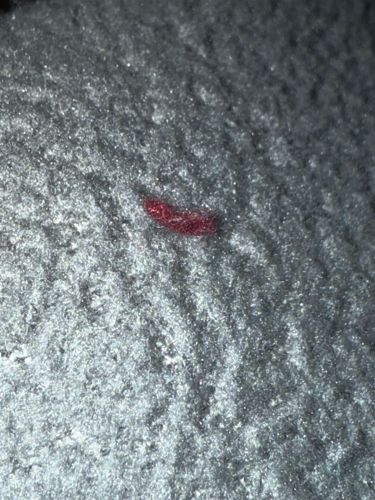Clover Mite
Scientific Name: Bryobia praetiosa
Order & Family: Trombidiformes, Tetranychidae
Size: Around 0.75 mm (less than 1/32 inch) long

Natural Habitat
Often found outdoors feeding on clovers, grasses, and other plants. Can invade homes, especially during temperature changes, seeking shelter or moisture. They tend to congregate on sun-exposed sides of buildings.
Diet & Feeding
Herbivorous, feeding on plant juices from a wide variety of plants, including clover, grasses, ornamental plants, and some fruit trees.
Behavior Patterns
Clover mites are known for mass migrations, particularly in spring and fall. They tend to enter homes through cracks and openings around windows and foundations. They are not parasitic to humans or pets. When crushed, they leave a red stain.
Risks & Benefits
Potential risks: Nuisance pest when they invade homes in large numbers. While they don't bite or transmit diseases, their crushed bodies can leave noticeable red stains on surfaces, including fabrics and walls. Potential benefits: As herbivores, they are part of the food chain for other arthropods, but their impact on the broader ecosystem is generally considered minor due to their small size and localized infestations.
Identified on: 11/16/2025